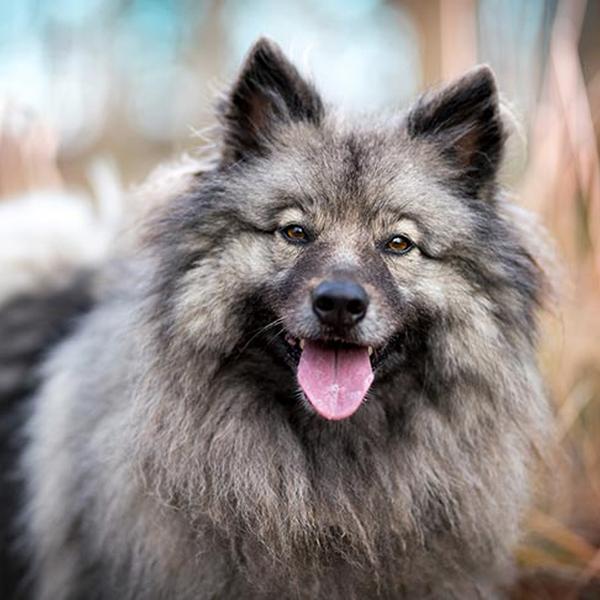Keeshond vs. White Shepherd: Breed Differences and Similarities
Hypoallergenic
Are Keeshonds or White Shepherds hypoallergenic, or neither?
Unfortunately, neither Keeshond nor White Shepherd are hypoallergenic, which may not make them the best choice for dog lovers who suffer from pet allergies.
Watchdog Ability
Which dog breed makes a better watchdog, the Keeshond or White Shepherd?
Keeshonds make excellent watchdogs - they're vocal and protective of their territory.
Choose a White Shepherd if you want a top-notch watchdog. This breed takes guarding seriously, and may not require much training, though obedience or guard dog training can improve their skills.
Ancestry
What are the origins of Keeshond and White Shepherd breeds?
Samoyed, Chow Chow, Finnish Spitz, Norwegian Elkhound, Pomeranian
German Shepherd Dog
Date of Birth
When were Keeshond and White Shepherd breeds first developed?
1700s
1900s
Eye Color Possibilites
What are the eye colors of Keeshond and White Shepherd dogs?
Brown
Brown
Nose Color Possibilites
What are the natural nose colors of Keeshond and White Shepherd?
Black
Black
Brown
Coat Color Possibilites
What are the natural colors of the coat for Keeshond and White Shepherd breeds?
Black
Gray
Fawn
Silver
White
Sable
Brindle
Cream
White
Coat Length
What is the typical coat length for Keeshond and White Shepherd breeds?
Keeshonds have longer coats compared to most dogs.
White Shepherds have medium-length coats.
Coat Density
What is the density of the coat of Keeshond and White Shepherd?
Coat Texture
What is the hair texture of Keeshond and White Shepherd?
Straight
Litter Size
What is the usual litter size for Keeshond and White Shepherd?
Keeshond and White Shepherd, can have a litter of 12-14 puppies each on average. Nonetheless, it's important to keep in mind that litter size can differ significantly between individual dogs. Various factors such as the mother's health, breeding history, and genetics can have an impact on litter size.
Major Concerns
What are the major health concerns for Keeshond and White Shepherd breeds?
Renal Cortical Hypoplasia
Hip Dysplasia
Mitral Valve Disease
Heart Disease
Hip And Elbow Dysplasia
Osteochondritis Dissecans
Cobalamin Malabsorption
Gastric Dilation Volvulus (GDV) or Bloat
Minor Concerns
What minor health issues should be kept in mind when owning Keeshond and White Shepherd?
Patellar Luxation
Epilepsy
Skin Problems
Congenital Heart Defect
Allergies
Megaesophagus
Eye Problems
Occasional Tests
What occasional tests are recommended for Keeshond and White Shepherd breeds?
Cardiac
Eye
Hip
X-Rays
Eye Examination
Physical Examination
CERF
Blood And Urine Analysis
Yearly Physical Examination
OFA on hips and elbows
Energy
How do the energy levels of Keeshonds and White Shepherds compare?
Keeshonds' high energy levels make them unsuitable for a low-key dog, choose accordingly.
White Shepherds thrive on an active lifestyle due to their high-energy nature.
Exercise Needed
Keeshond vs White Shepherd exercise need comparison.
Keeshonds need only a small amount of physical activity, ideal for busy or elderly people or those with limited space.
White Shepherds need high physical activity and are ideal for active individuals, but not suitable for sedentary lifestyles or small apartments.
Tendency to Bark
Do Keeshonds or White Shepherds bark more/less frequently?
Keeshond dogs bark and howl frequently and are not recommended for quiet homes.
White Shepherds bark moderately when necessary and may also bark due to certain triggers like fear, alarm, boredom, greeting, separation anxiety and compulsive barking.
Past times
What are some enjoyable activities and ways to keep Keeshond and White Shepherd entertained?
Walk, Run, Frisbee, Play, Fetch, Eating Snacks, Chewing, Playing, Sniffing, Heel
Socializing, Flyball, Walk, Walking, Coddle, Fetch, Play, Walks, Dog Parks, Hike, Running, Relaxing
Activity Level
Which breed has higher energy, Keeshonds or White Shepherds?
Both Keeshond and White Shepherd are medium-energy dogs that enjoy socializing and playing with other dogs. They may engage in casual or sustained games of chase, and occasionally have bursts of barking or racing around the house.
Walks per Week
How many miles should Keeshond or White Shepherd walk each week?
Keeshond and White Shepherd generally need a minimum of 8 miles of walking per week, but it can be increased as long as they are comfortable with it.
Activity per Day
Do Keeshonds or White Shepherds require more exercise?
In general most Keeshonds usually need at least 60 minutes of exercise daily. This can be spread across the day and include all sorts of high-energy activities, like walking, running and playing.
In general most White Shepherds usually need at least 30 minutes of exercise daily. This can be spread across the day and include all sorts of high-energy activities, like walking, running and playing.
Grooming
Which breed is easier to maintain in terms of grooming, Keeshonds or White Shepherds?
Keeshonds require significant grooming, including regular trims and professional grooming assistance to maintain their coat. They may also require frequent bathing to keep their coat and skin healthy.
White Shepherds have high grooming needs, requiring regular trims and professional grooming assistance to keep their coat healthy.
Brushing Frequency
What is the recommended brushing frequency for Keeshond and White Shepherd dogs?
Ideally, Keeshond should be brushed at least 2 or 3 times a week (preferably daily) improve shedding.
White Shepherd should be brushed at least once a week. Of course you can give them more frequent brushes if you find that they are still shedding a lot
Brushing Tools
What brushing tools are used for Keeshonds and White Shepherds?
Pin Brush
Slicker Brush
Comb
Nail Clipper
Slicker Brush
Comb
Deshedder
Cups
How much food should be given to Keeshond or White Shepherd in cups?
For an average 35-45 pound (16 - 20 kg) Keeshond feed 2.5 cups daily. But, keep in mind, the amount you feed is going to be dependent on the quality of the food you are feeding.
For an average 77-88 pound (35 - 40 kg) White Shepherd feed 3 cups daily. But, keep in mind, the amount you feed is going to be dependent on the quality of the food you are feeding.
Daily Cost
Which breed has a higher daily cost, Keeshond or White Shepherd?
The average cost of a Keeshond is somewhere $2.50 - $3.20 per day.
The average cost of a White Shepherd is somewhere $2.10 - $2.70 per day.
Monthly Cost
Which breed has a higher monthly cost, Keeshond or White Shepherd?
The average per month expenses of a Keeshond is between $84 - $95. This makes an average of $1008 - $1140 per year. It will be on the higher side when the dog is still small because it will need more frequent visits to the vet, shots.
The average per month expenses of a White Shepherd is between $55 - $73. This makes an average of $660 - $876 per year. It will be on the higher side when the dog is still small because it will need more frequent visits to the vet, shots.
Intelligence
Comparing Intelligence: Keeshonds vs White Shepherds
Keeshond is a very intelligent and trainable breed.
White Shepherd is highly intelligent and very trainable.
Affection Dependance
Which is the more affectionate dog breed: Keeshond vs White Shepherd?
Dog Friendly
Which breed is more sociable with other dogs: Keeshond or White Shepherd?
Keeshonds are friendly and active companions, and can be good family pets, though their friendliness towards other dogs may vary.
White Shepherds are generally very friendly towards other dogs, with a happy and affectionate temperament.
Playfulness
Which breed is more playful between Keeshond and White Shepherd?
Keeshonds have an average level of playfulness, enjoying playtime like most dogs but not excessively so.
White Shepherds are a playful breed that needs daily playtime to be happy.
Trainability
How do the trainability levels of Keeshonds and White Shepherds compare?
Keeshonds are usually easy to train but require consistency to fully obey commands.
The White Shepherd is highly intelligent and eager to please, making it a great choice for both novice and experienced dog owners due to its easy trainability.
Compare Keeshond with other breeds
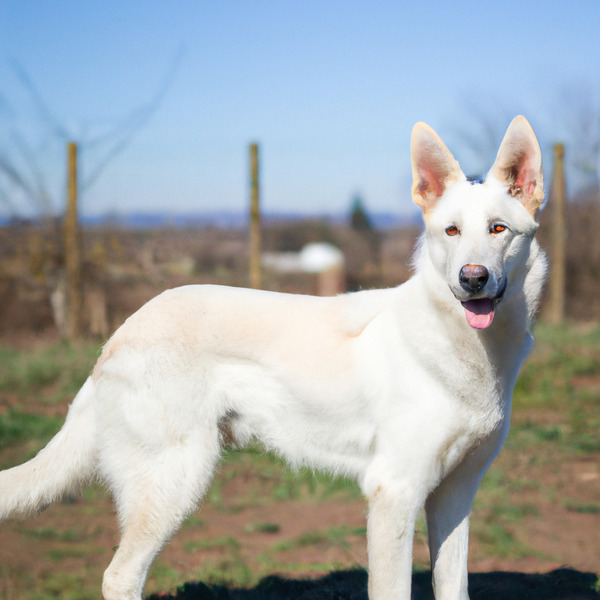
White Shepherd
Keeshond vs White Shepherd

American Hairless Terrier
Keeshond vs American Hairless Terrier
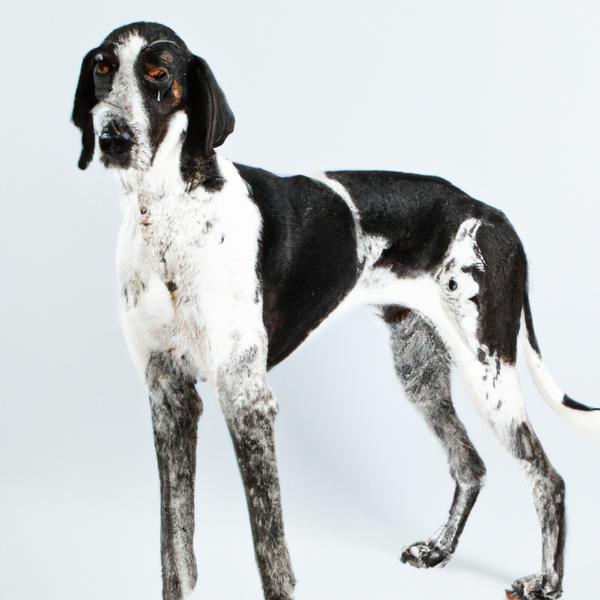
Spantriever
Keeshond vs Spantriever

Papiox
Keeshond vs Papiox

Rottie Bordeaux
Keeshond vs Rottie Bordeaux

Cocker Pug
Keeshond vs Cocker Pug
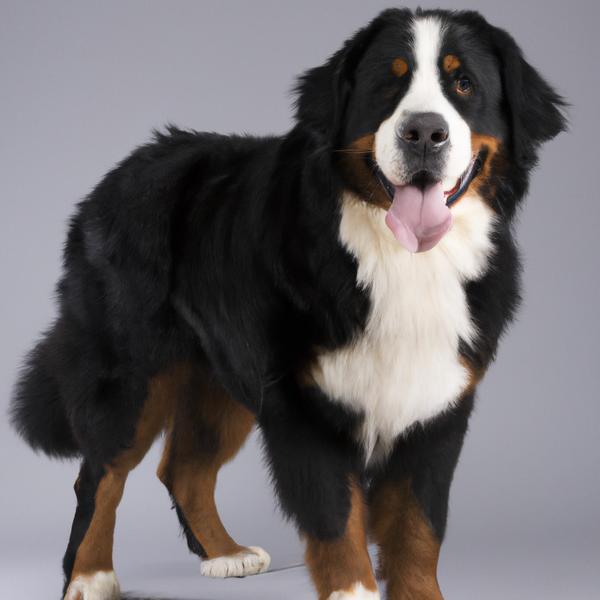
Saint Bernese
Keeshond vs Saint Bernese

Beagleman
Keeshond vs Beagleman
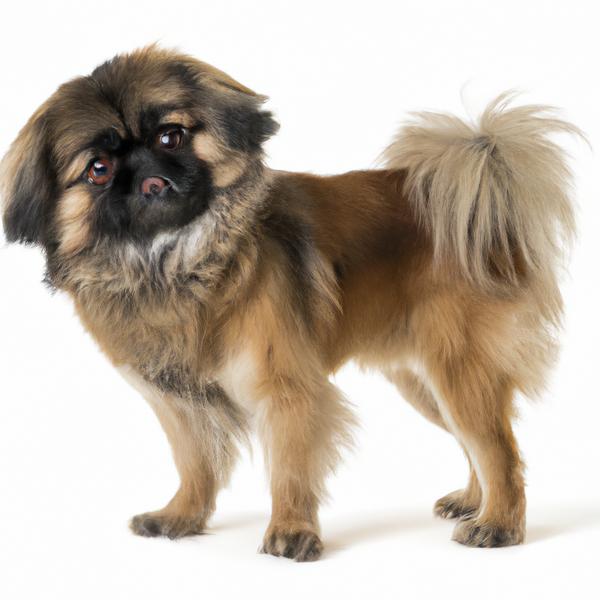
Peke-A-Boo
Keeshond vs Peke-A-Boo

Hava-Apso
Keeshond vs Hava-Apso

French Bull Dane
Keeshond vs French Bull Dane

English Coonoodle
Keeshond vs English Coonoodle
